We’re Here… We’re Queer… We March…

It might seem obvious, even ordinary now—a half-century and many such events later—but Bayard Rustin’s work in organizing the first protest of many hundreds of thousands of people on the National Mall was a radical idea in 1963. “[People] thought there were going to be riots, but here was a very solemn, peaceful, enormous congregation of people,” gay activist Paul Kuntzler told Metro Weekly in 2013, in advance of a 50th anniversary commemoration of the March on Washington for Jobs and Freedom. At the time of the march, Kuntzler was on the board of the small, fledgling Mattachine Society of Washington (MSW), which two years later organized the first gay rights picket in front of the White House—also now a rather routine occurrence.
Martin Luther King, Jr., gave his seminal “I Have A Dream” speech on the steps of the Lincoln Memorial during the 1963 March on Washington, cementing his role as leader of the Civil Rights Movement. Most of the marches on the Mall in the decade that followed were protests against the Vietnam War. Despite pickets organized by MSW at the White House, the Pentagon, and the State Department, it wouldn’t be until October 14, 1979, that gays and lesbians would take to the Mall for greater national visibility. As many as 125,000 people are estimated to have attended this first LGBT march, called the National March on Washington for Lesbian and Gay Rights. Subsequent marches, each larger than the one before, took place in 1987 and 1993. By the time of the 2000 Millennium March, peaceful gatherings for causes on the left and the right had become de rigeur on the Mall. The most recent LGBT march on the Mall was in 2009. This National Equality March, called for by activist David Mixner in part to protest a voter-approved ban on same-sex marriage in California, was intentionally more of a grassroots and low-key affair than its predecessors. It attracted approximately 200,000 people.
The Second National March on Washington for Lesbian and Gay Rights, held on October 11, 1987, has come to be known as the Great March. It was a reaction in part to the Supreme Court’s ruling the previous year in Bowers v. Hardwick that states could criminalize sodomy between two consenting men, even in the privacy of a home. (That decision, thankfully, was overturned in 2003.) Another principal motivating factor for the Great March was the AIDS crisis, which triggered intense political agitation and activism on the part of the movement throughout the latter half of the 1980s and into the ’90s. And a year later, it inspired the first National Coming Out Day, now held annually on October 11.

This was the era of ACT UP, or the AIDS Coalition to Unleash Power, the formation of which was inspired by Larry Kramer in New York in the spring of 1987. The organization led protests that generated great publicity and eventually helped propel increased funding for AIDS research at the US Food and Drug Administration (FDA) and the National Institutes of Health. Although it would have been better if such protests weren’t needed in the first place, both the LGBT movement and society at large are still reaping rewards from ACT UP’s activism. Most significantly have been two developments helping to curtail both the spread and the severity of the disease: The rise in the late ’90s of the treatment known as combination therapy, in which an HIV-positive person takes a daily regimen of antiretroviral drugs effectively preventing the development of AIDS; and the more recent rise in pre-exposure prophylaxis, or PrEP, a daily pharmaceutical regimen that effectively keeps HIV-negative people from seroconverting.
Within the next decade we may reap an even bigger reward from ACT UP’s pioneering push for AIDS research: a vaccine against the disease. Researchers in the field have reported getting tantalizingly close to such a development. This would be something to celebrate every bit as much as other advances in the LGBT movement since the advent of Capital Pride.
Doug Rule is a contributing editor at Metro Weekly. This piece originally appeared in the 2015 Pride Guide, produced by the Capital Pride Alliance ahead of the 40th Anniversary Capital Pride Celebration. Used with permission.
Support Metro Weekly’s Journalism
These are challenging times for news organizations. And yet it’s crucial we stay active and provide vital resources and information to both our local readers and the world. So won’t you please take a moment and consider supporting Metro Weekly with a membership? For as little as $5 a month, you can help ensure Metro Weekly magazine and MetroWeekly.com remain free, viable resources as we provide the best, most diverse, culturally-resonant LGBTQ coverage in both the D.C. region and around the world. Memberships come with exclusive perks and discounts, your own personal digital delivery of each week’s magazine (and an archive), access to our Member's Lounge when it launches this fall, and exclusive members-only items like Metro Weekly Membership Mugs and Tote Bags! Check out all our membership levels here and please join us today!




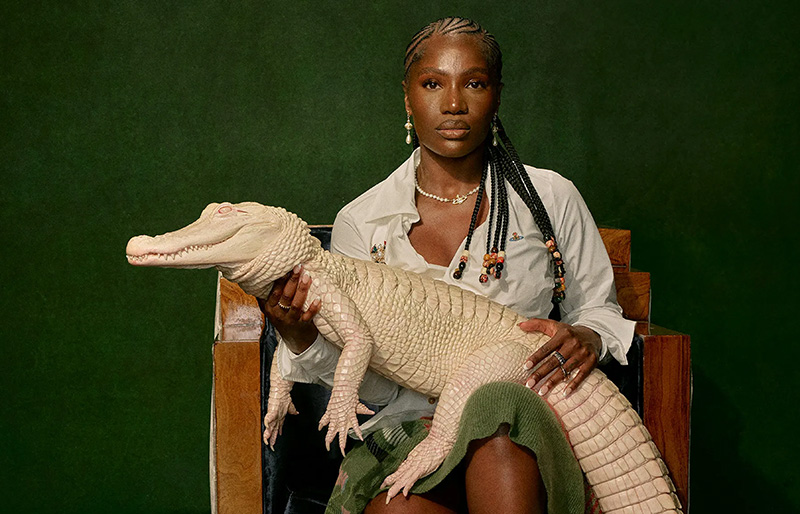
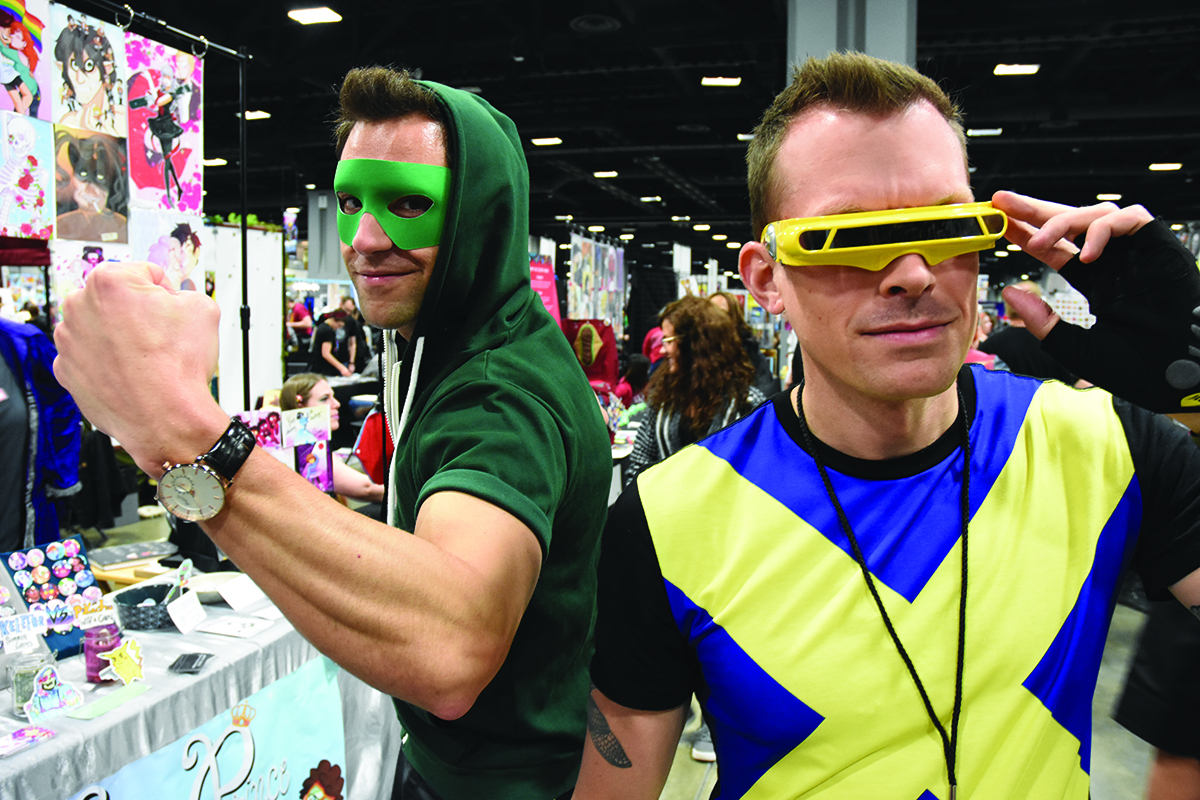













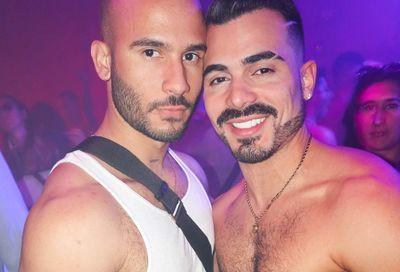
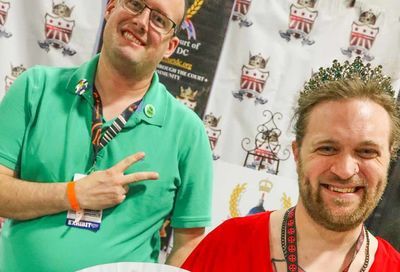
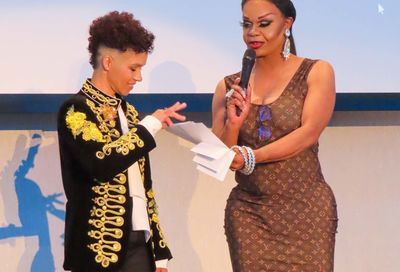
You must be logged in to post a comment.